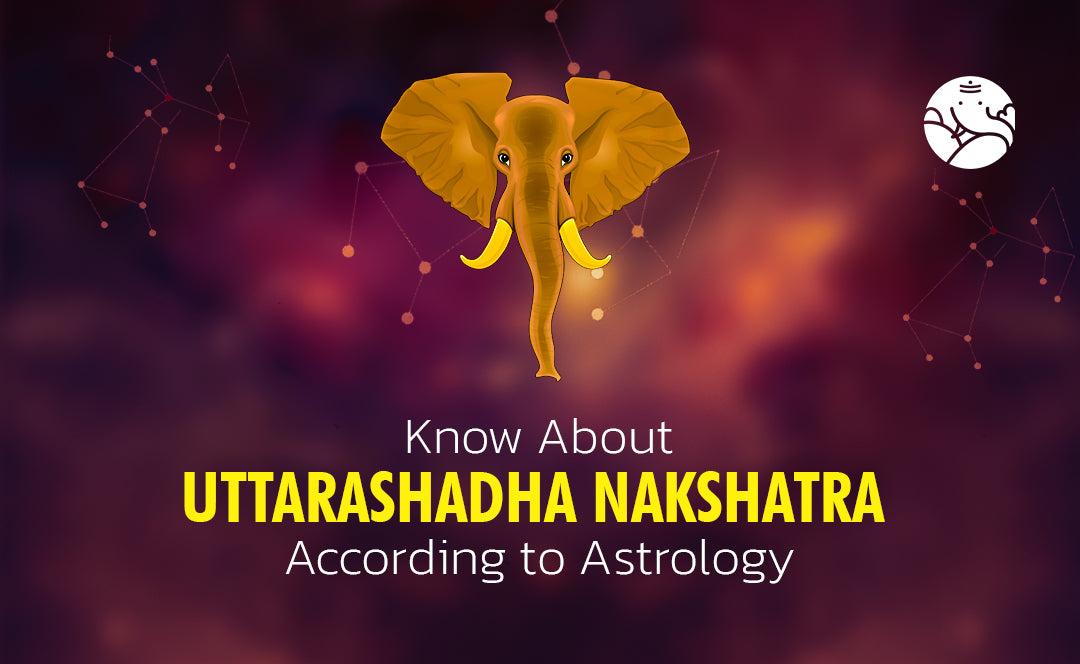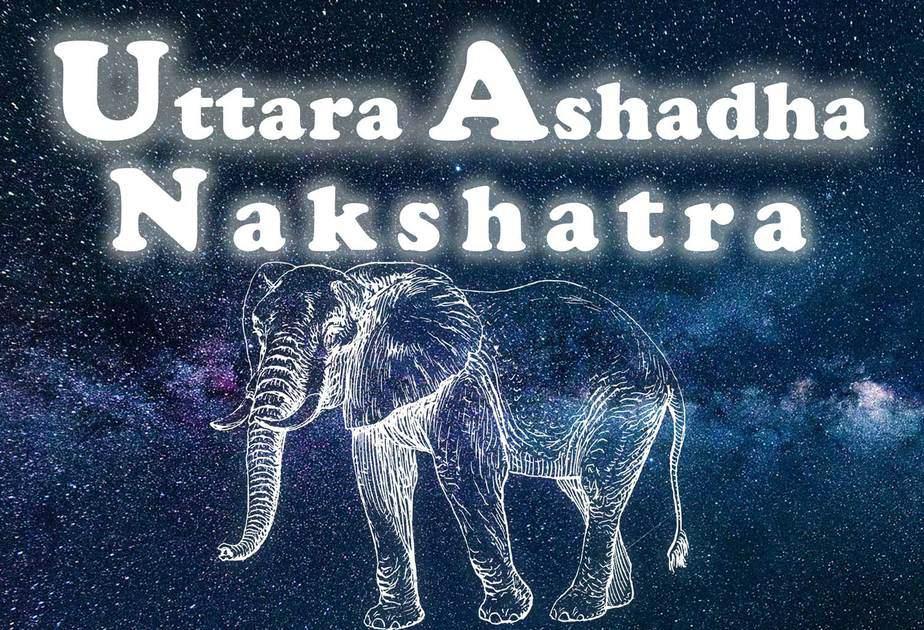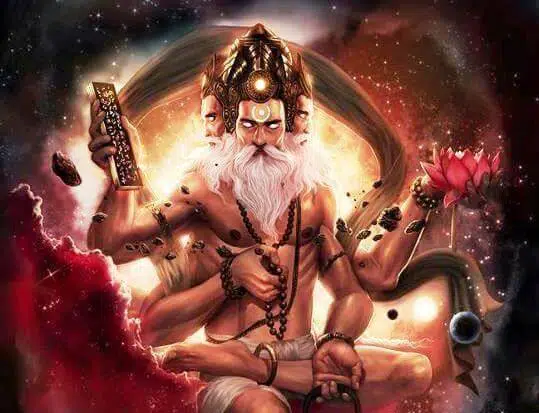
#Uttarasadha #Nakshatra According to #Astrology
This is known to be the 21st nakshatra out of the 27 #nakshatras in the familial sky. This nakshatra spans the signs #Sagittarius and #Capricorn in the diagram of crystal gazing. They are known to be the most #splendid #star in the bosom of a bowman.
#UttaraAsadha Nakshatra
The divinities of this nakshatra are #ten #VishwaDevas who are known to be the lords of dharma. The people who are brought into the world under this nakshatra are having respectable goals in their existence with an uplifting perspective. People who were brought into the world under this nakshatra are having astounding administration abilities and accomplish their objectives in existence with their laser-sharp concentration and responsibility toward obligation. They ought to be mindful so as not to worry them or become dependent on specific undesirable excitement.
Uttarasadha Natchathiram
They will accomplish a good and strong situation in their expert field. They can be ordered into three classes beasts, people, and divine beings and this nakshatra is a human nakshatra. Natives who are brought into the world in these nakshatras are extremely diligent and spurred to make materialistic abundance and progress in their life.
Lord of Uttarasadha Nakshatra
Uttarasadha nakshatra master is known to be #sun or #Surya. This Nakshatra is having the image of a tusk of an elephant or a little bed. The people who are having their introduction to the world star as this nakshatra are gorgeous with beguiling and alluring character, polite individuals, and are popular for their completely relaxed nature.
Uttarasadha Nakshatra Famous Personalities
It is said that the natives who are having their introduction to the world star as this Nakshatra are having amazing character. A portion of the well-known Uttarasadha nakshatra superstars is George Washington, Indira Gandhi, Mohammad Ali, Abraham Lincoln, and Brad Pitt. The individuals who are brought into the world under this nakshatra are likewise called by the names that begin with Bhe, Ja, Ji, or Bho.
Uttarasadha Nakshatra Pada 1
The primary place of this Nakshatra is falling in the Sagittarius Navamsha controlled by the planet Jupiter. This position chiefly focuses on virtues and dealing with creating confidence and certainty. The individuals who are brought into the world under this position are profoundly educated individual with a high identity worth and they love to follow their standards and morals and leads a restrained way of life.
Uttarasadha Nakshatra Pada 2
The second place of this Nakshatra is in the Capricorn Navamsha which is represented by the planet Saturn. This position predominantly centers around considerations, wants, and approaches to accomplishing your points and aspiration throughout everyday life. In this position sun, Mars, Jupiter, and Ketu are strong here. The people who are brought into the world in this position will procure an extremely strong and good situation in their existence with their persistent effort and assurance.
Uttarasadha Nakshatra Pada 3
The third pada position is falling in the an Aquarius Navamsha that is represented by the planet Saturn. This position mostly centers around acquiring informat.ion and driving a comforttable and lavish way of life. The natives who are brought into the world in this position are leaned in driving an entirely agreeable way of life with extravagances. The are exceptionally severe personally and they comply with the standards and morals that they set for themselves.
Uttarasadha Nakshatra Pada 4
The fourth place of this nakshatra is falling in the Pisces Navamsha which is represented by the planet Jupiter. Here, it principally focuses on moving from acquiring materialistic joys to Spiritual tendencies. The natives who were brought into the world in this pada are leaned in acquiring otherworldly information and they are very profound in nature. They tell the truth and a legitimate and credible certified as an individual way of advancing in their life. They will make progress with their inspiration and motivation towards it. They are solid-willed individuals being benevolent and circumspect towards the frail and sad.
Uttarasadha Nakshatra Zodiac Sign
This nakshatra is crossing over the indication of Sagittarius and Capricorn in their mysterious outline. This star is noticeable in the night sky as the stars Sigma, Tau, phi, zeta Sagittarii. They are known to be the most splendid star in the bosom of the Archer. The divinities of this nakshatra are the ten Vishwa Devas, who are known to be the Gods of dharma.
https://bejandaruwalla.com/blogs/astrology/uttarasadha-nakshatra


